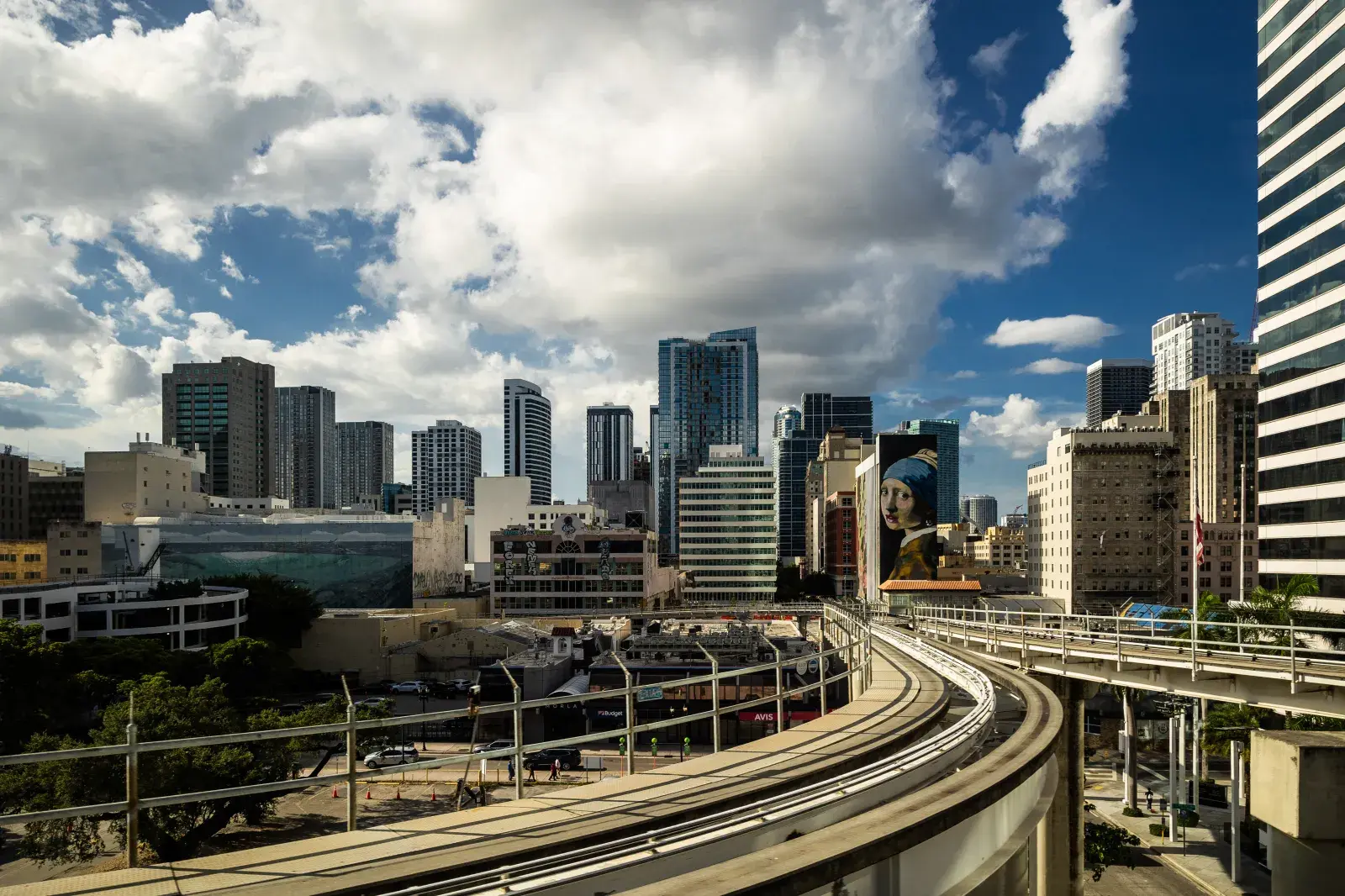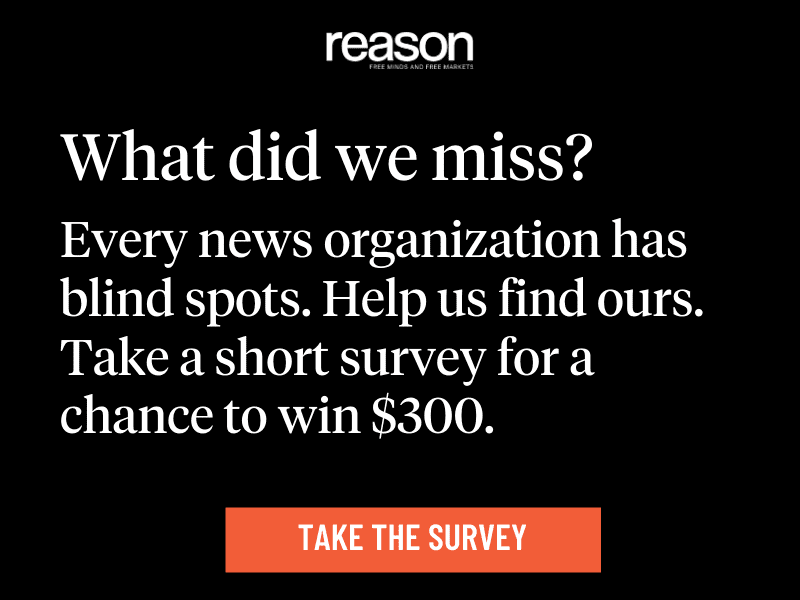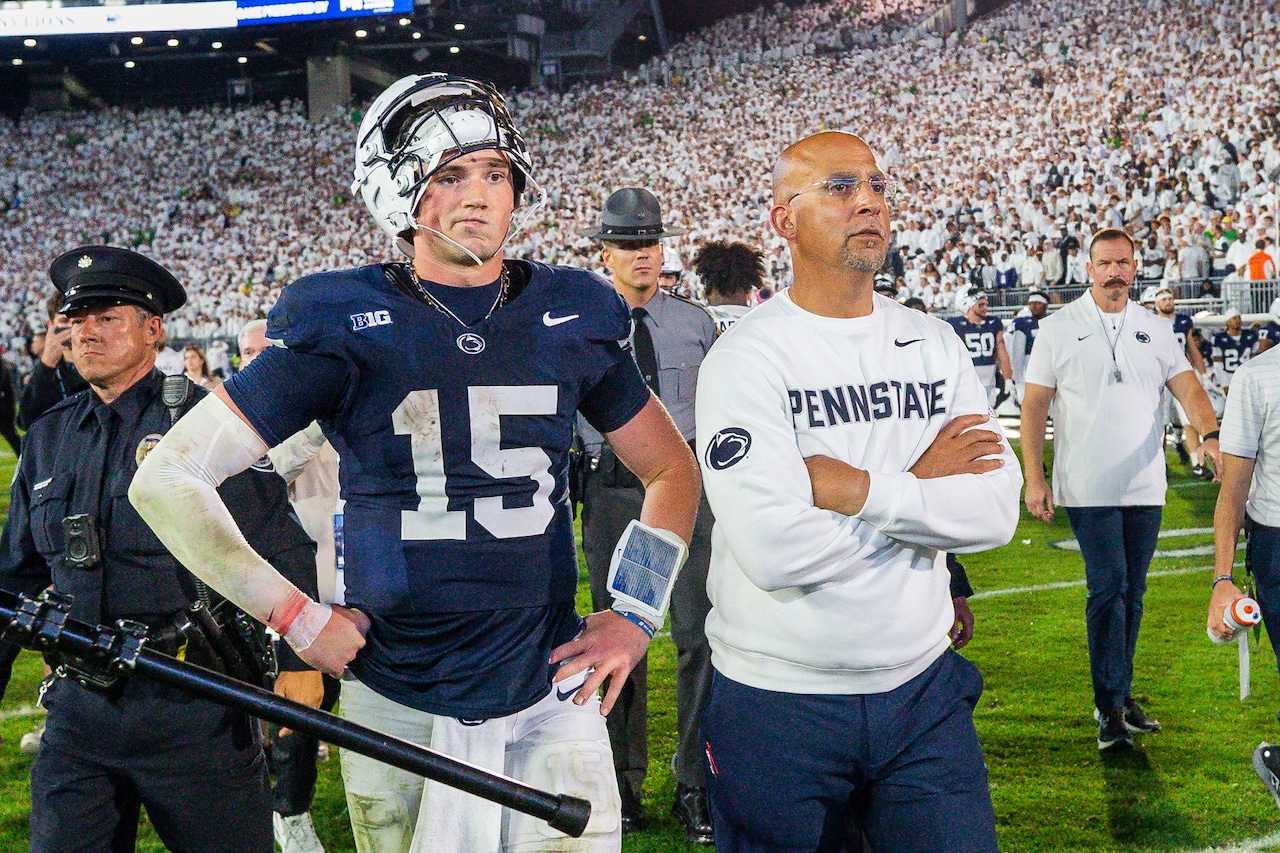By Giulia Carbonaro
Copyright newsweek

The Miami housing market is at high risk of a housing bubble, according to a new study which found that the gap between the price of for-sale homes and rent in the Florida city has massively increased over the past 15 years.
With a score of 1.73, the Magic City topped this year’s UBS Global Real Estate Bubble Index, ahead of Tokyo (1.59) and Zurich (1.55). The next American city on the list was Los Angeles, which took the fourth spot with a score of 1.11.
Any rating above 1.5 is considered a high level of risk, while a rating between 1 and 1.5 is elevated, a rate between 0.5 and 1 is moderate, and below 0.5 is low.
When Is A Market At Risk Of A Bubble?
A housing bubble typically happens when home prices rapidly surge—inflated by soaring demand, speculation, and limited supply—well beyond properties’ fundamental values. Usually, the bubble bursts when the situation becomes unsustainable, with prices being too high for buyers to stay engaged in the market.
According to UBS, typical signs of a bubble include a mismatch between prices and local incomes and rent, and imbalances in the real economy—such as excessive lending and construction activity. These are the elements that UBS uses to calculate the risk of a bubble faced by housing markets in the U.S. and around the world.
Why Is Miami So High On The List?
Over the last five years, the Miami housing market saw an average real price growth of roughly 50 percent, as the always-popular Florida destination attracted an influx of newcomers during a pandemic home-buying frenzy—when more people wanted to buy a home there, but only few were available.
Skyline of downtown Miami, as seen from the Miami Inner Loop monorail on August 3, 2025. (JC MILHET/Hans Lucas/AFP via Getty Images)
But since the end of the pandemic, slower domestic migration, sky-high home prices, elevated borrowing costs and rising home insurance premiums have put a damper on demand in Miami—especially among everyday buyers.
But even as affordability is at record lows in the city, prices are still rising. The median sale price of a Miami home was $670,000 in August, according to Redfin data, up 8.9 percent from a year earlier. That was despite the fact that sales were down by 8.8 percent year-over-year for the same month, and that homes for sale were spending 11 more days on the market before going under contract.
What Does This Mean For Miami?
The main issue in the Miami housing market is affordability, according to the UBS report: The current price-to-rent ratio in the city has surpassed even the extremes of the 2006 property bubble—signaling another bubble is brewing.
But the fact that the city is at high risk of a bubble does not mean a crash is in Miami’s future. The city is likely to be facing a more gentle shift, rather a starker correction, UBS experts say.
Inventory is growing in the city, partly due to the fact that fewer people can afford to time and partly because slightly lower mortgage rates are unlocking new supply, freeing those homeowners who were locked into their properties by lower monthly payments.
As a result, UBS experts expect prices to start falling over the coming months—but not massively. What will prevent them from falling outright, experts say, is the everlasting appeal of Miami: The weather, the beach and the low-tax environment.



